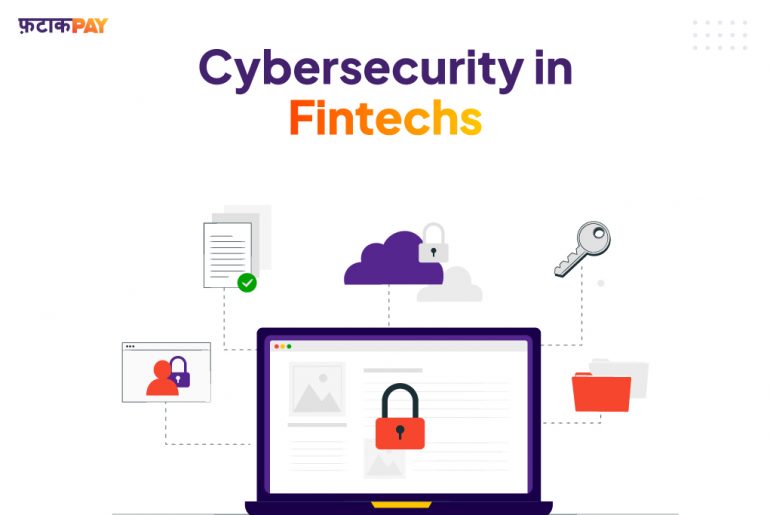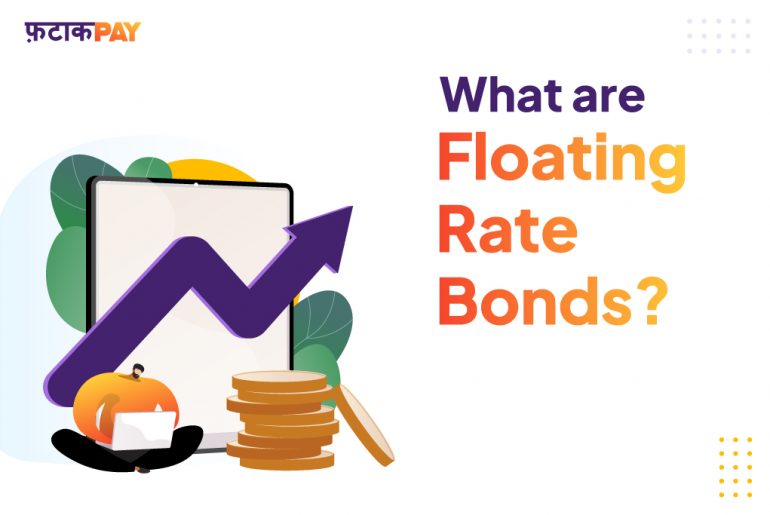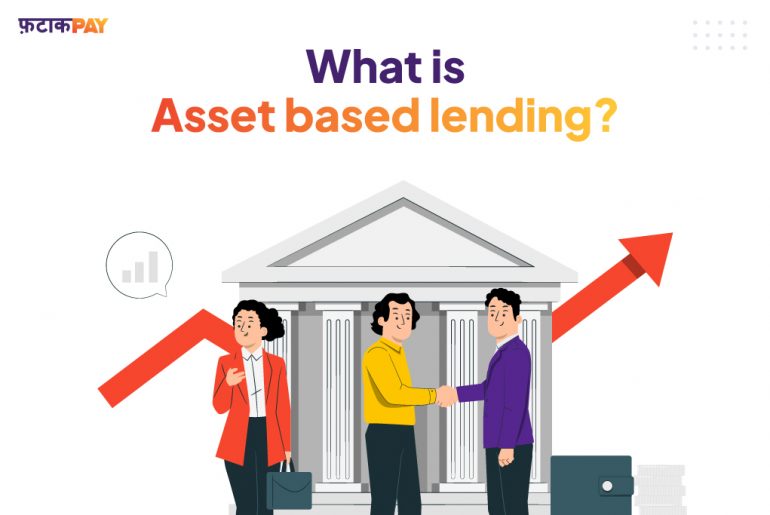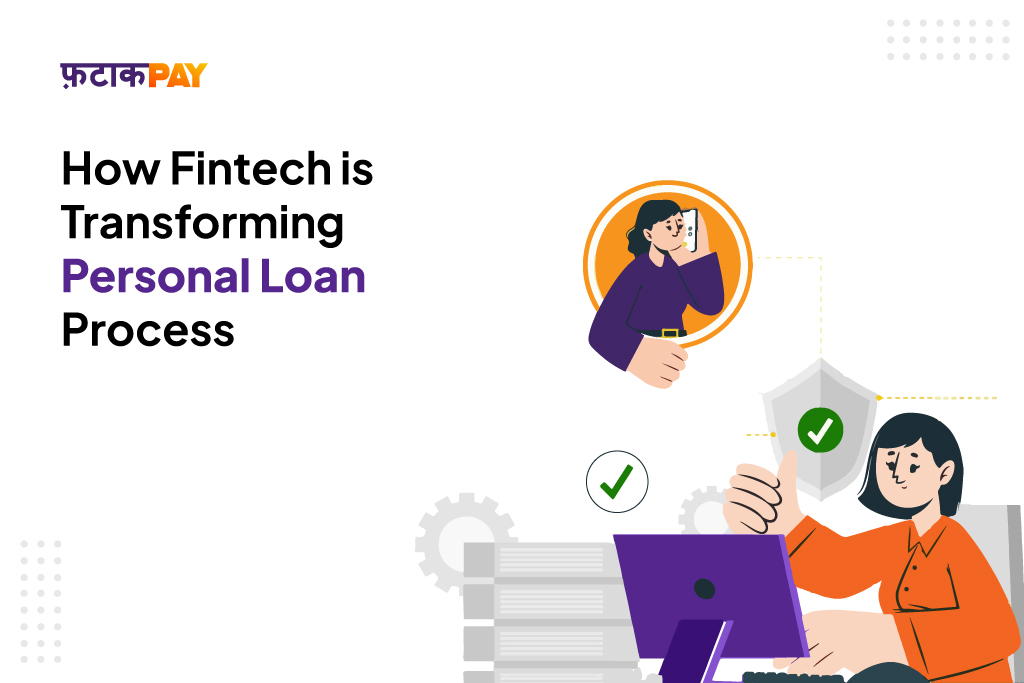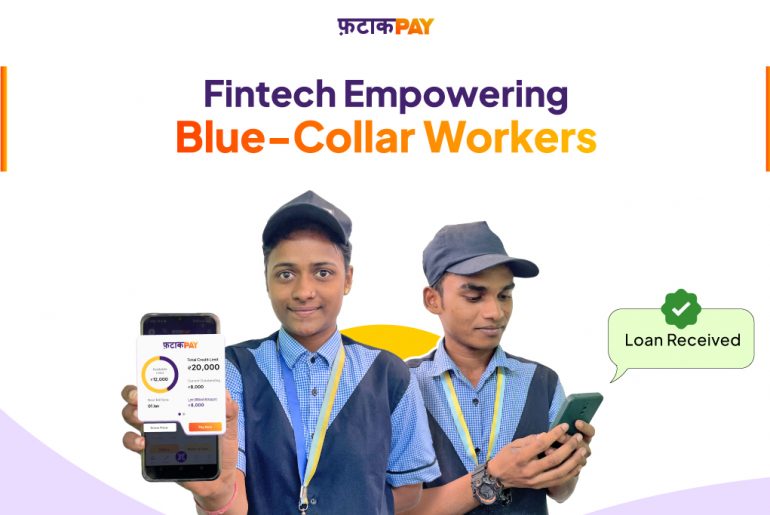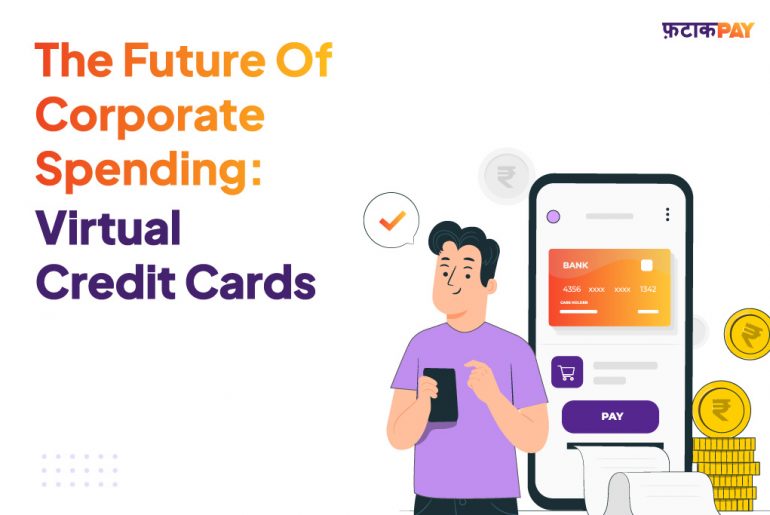Since the advent of Financial Technology businesses, or fintechs, the cybersecurity landscape in banking has altered.
The growing usage of end-to-end user systems, electronic payments, mobile transfers, and cryptocurrency trading by fintech companies increases efficiency but also poses serious security issues. What are they and how may they be gotten rid of? Find out by reading on.
Cybersecurity in Fintech vs Banking
Legal requirements force banks to provide dependable and secure services and as well as to establish strong cybersecurity policies and operational processes targeted at optimising those services. This is how cybersecurity in banking is enforced.
Large and wealthy organisations frequently test their security systems because they don’t want to risk reputational damage or financial penalties they don’t want to risk reputational damage or financial penalties, large and wealthy organisations frequently test their security systems. Even a modest security breach can drive thousands of customers away from huge, international banks, which is a risk that no company should take.
Breaking a law frequently results in harsh financial penalties; these costs might do more harm than a loss of clients.
Fintechs, often known as financial technology businesses, are typically fast-growing, tiny startups that offer part of their products to the banking sector. Because they aren’t banks, fintech companies are less closely regulated and have more latitude in how they respond to the demands of the market.
As a result, a fintech business may “overlay” banks in order to make it easier to provide specific financial products. Banks frequently use fintech because of the added benefit they provide to the banking sector—shorter time to market for services. However, this overlay frequently has lax security precautions.
Why is Cybersecurity in Fintech important?
Due to lax legal restrictions, fintech startups and firms can provide more flexible (less strictly controlled by law) goods and services than banks. Additionally, they provide a quicker time to market, which is crucial from a business standpoint.
Due to their quick release cycles, fintech companies frequently simplify or exclude certain functionality from their products. Due to this, fintech companies frequently only partially or completely protect their solutions, especially when they are unable to demonstrate the additional business value.
Given the lack of cybersecurity knowledge and the misconception that completely safe solutions aren’t flexible enough from a business standpoint, fintech companies may also lower their non-functional data security criteria.
This frequently results in the creation of functioning but inadequately secured products, which are likely to produce significant security expenses when scaled and require proper security or fixing. Dealing with fintech startups may therefore be riskier than putting your trust in major banks.
Overall, a fintech company may be more likely to experience a security breach than a rigorously regulated bank, but the repercussions may be similar because both process the same kind of data.
Top Cybersecurity threats in the Fintech sector
Security issues affect banks, financial institutions, and fintech businesses. Cybercriminals are particularly drawn to fintech startups because they are aware that these firms rarely spend as much on security as banks do. Making errors like retaining unencrypted data or using unprotected third-party services is a surefire way to get into trouble. In this industry, the most typical security breaches include:
- Identity theft, which may lead to social engineering attacks or phishing
- Money theft and laundering
- Application breaches and data leaks
- Spoofing
- Malware attacks
Examples of security flaws in Fintech
Fintech unfortunately has a lot of security issues.
Dave, a US mobile banking service with the goal of “creating financial opportunity that advances America’s collective potential,” is one of the well-known examples. Waydev was one of Dave’s old third-party suppliers and it was compromised.
The hostile actors were able to gain unauthorised access to personal data at Dave despite the fact that this was an external supplier. This includes passwords that had been hashed by bcrypt. Fortunately for everyone, Dave took care of the problems before they had an impact on business operations.
The N26 bank, where a university researcher discovered multiple security flaws (fortunately for the bank, all concerns were resolved without any known impact to users), and the Finstra ransomware outbreak are two further examples we’d like to bring to your attention.
What happens when Customer’s data is compromised (Breach of Cybersecurity in Fintech) ?
1. For the company:
Loss of client trust, which ultimately translates to financial losses, which is the most essential thing.
Legal ramifications, such as the fact that a GDPR cybersecurity breach is punishable by steep fines and may lead to legal action from harmed parties.
Increased danger of being subjected to other attacks, including phishing.
2. For the client:
Data theft can lead to a variety of fraudulent practises, including identity theft, financial fraud, extortion, and more.
Misuse of data to commit additional offences, like phishing.
Penetration of other systems, especially if a person repeatedly uses the same, basic password,
Above all, a lot of fintech programmes have direct access to different banking programmes. If information from such an application gets out, it can then be used to access credentials without raising any red flags and frequently goes undetected by the bank’s monitoring system.
How to avoid Security flaws in Fintech – best practices
Secure by design approach:
Integrating the secure-by-design methodology into the software and product development processes is the greatest solution to get rid of financial security issues. At each level of the software development process—from analysis through design, implementation, and testing to maintenance and monitoring—this method incorporates certain security measures.
The shift-left rule
The shift-left rule, which holds that security practises should be integrated as early as possible at every Software Development Life Cycle (SDLC) stage, is the most crucial component of the secure-by-design strategy.
For instance, the more potential hazards a Security Engineer can detect and eliminate through appropriate system design and pertinent security measures, the sooner he joins the project team. The project team can then implement security measures and create a solution that more effectively addresses certain business needs.
The National Institute of Standards and Technology (NIST) believes that the shift-left methodology can cut maintenance expenses by up to 30%. This method also enables businesses to lower the costs related to finding and repairing problems in software products. The most expensive security weaknesses to rectify are those found via penetration tests or through security events.
- Seeking the right talent
- Invest in security engineers with advanced training who can handle a variety of tasks:
- Analytical
- Conceptual, such as threat modelling or risk analysis
- Technical responsibilities, such as hardening cloud configuration or configuring CI/CD pipelines
- Many levels of security testing, including network, infrastructure, and application testing.
Don’t undervalue the value of strong soft skills either. Communication abilities will be crucial because the engineer will be the team’s subject matter expert and will need to be able to explain concepts and solutions clearly.
Additional links:
We hope this was an informative and pleasant read. You can check out some our previous blogs and LinkedIn Articles:
https://fatakpay.com/blog/the-smart-way-to-use-credit-cards/
https://www.linkedin.com/pulse/what-assurance-fatakpay/?trackingId=yjfSWmUE8J2i%2FiNKd22zfg%3D%3D
About FatakPay:
FatakPay provides virtual credit facilities for all. It’s available on your phone and caters to your everyday needs in both online and offline format. Payments are done seamlessly through UPI/QR codes. The solution provides an almost zero cost, free, quick, transparent and a secure way to transact in multilingual format with a Scan Now Pay Later facility and easy repayment options.
Link to FatakPay App: https://play.google.com/store/apps/details?id=com.fatakpay
Link to the Website: https://fatakpay.com/

